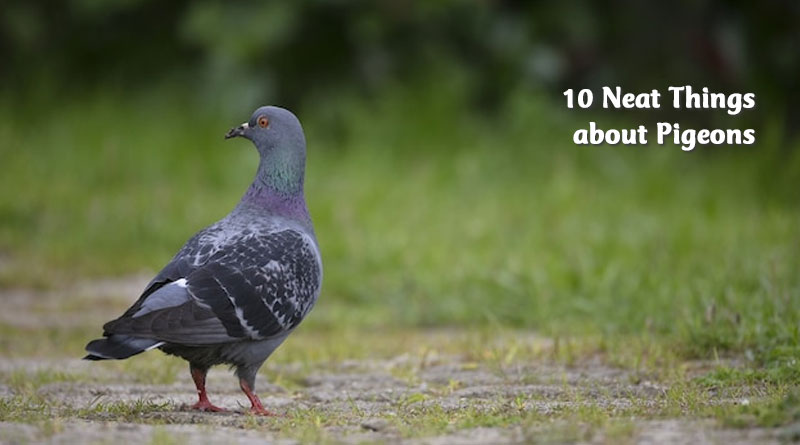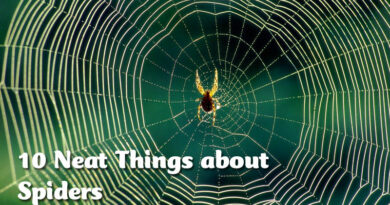10 Neat Things About Pigeons
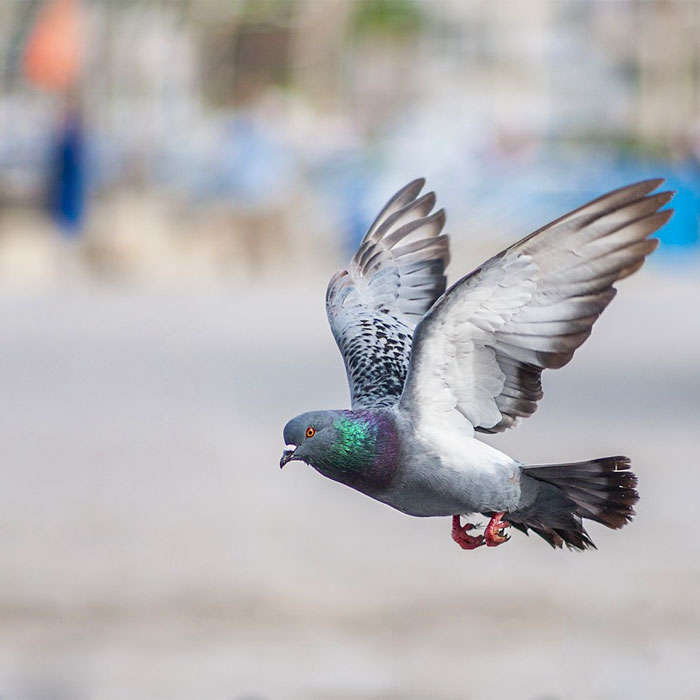
1. Pigeons as navigators.
Like humans, salmon and dolphins, pigeons carry magnetite in their brains and in their upper beaks that is credited with giving them super navigational powers. Bees also have trace amounts of this compound of iron and oxygen, which responds to the north south magnetic poles. Pigeons are also thought to be able to get their bearings from the North Star. A 10-year Oxford University study even concluded that some pigeons have learned to follow roads and freeways.
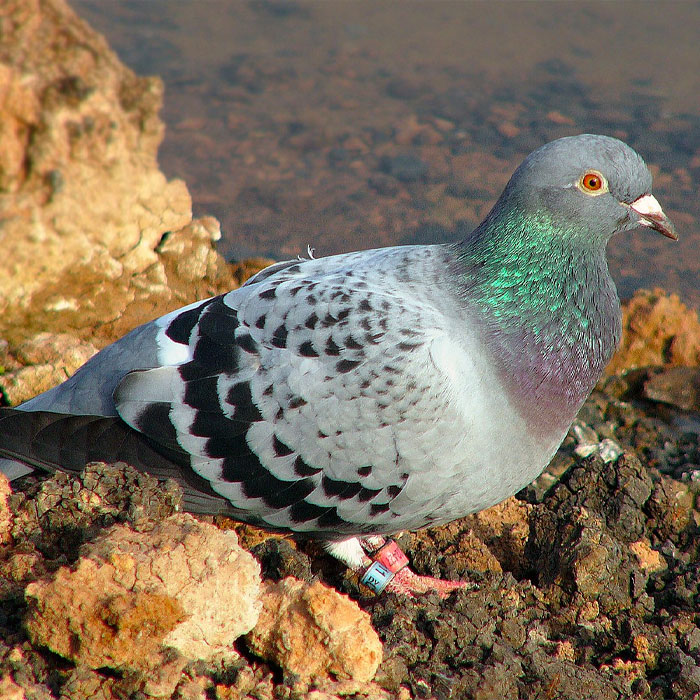
2. Money making pigeons.
The Rothschilds owe their early fortune to the pigeon. In the 19th century, before radio communications, their network of homing pigeons carried financial information far and wide, giving them an edge in the market that helped build the fortune that supports the family to this day. In 1850, the news agency, Reuters, started using them to carry news. While telegraphs were available in the latter part of the century, these smart birds were more reliable and often faster than trains.
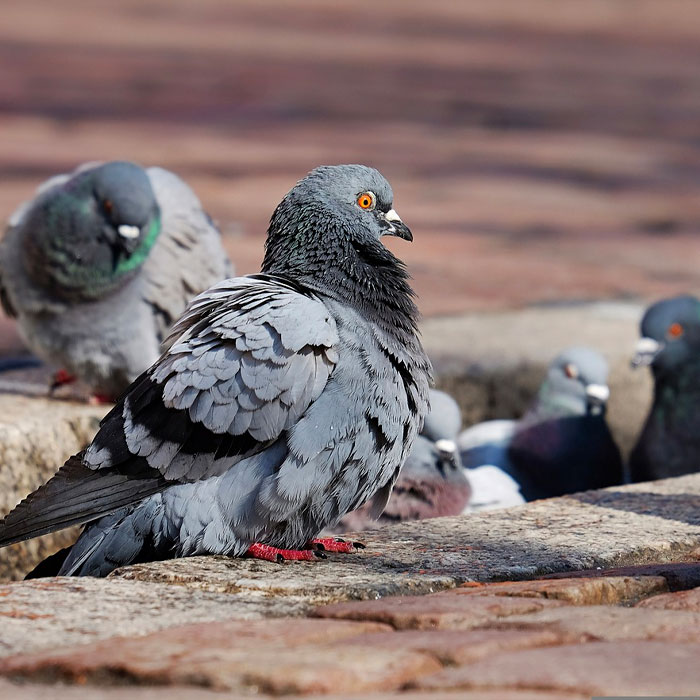
3. Super powered pigeons.
Pigeons can hear sounds 11 octaves below middle C, which allows them to detect earthquakes and electrical storms. They see in colour and can also see ultraviolet light. Their eyesight is very acute and it is said that a normal film running at 25 frames per second would seem like slow motion to these super birds. They can live up to 30 years!

4. Pigeon brainiacs.
In one study, it was concluded that pigeons can distinguish between all 26 letters of the English alphabet. It is one of only six species (and the only non-mammal) to have the ability to recognize itself in a mirror. They can differentiate between human faces in photographs. They can even differentiate between a Chagall and a Van Gogh painting.
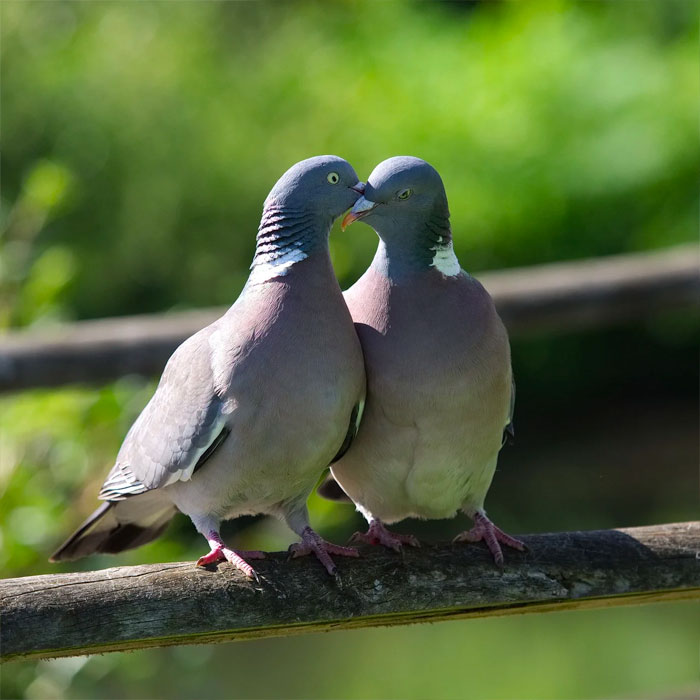
5. Crazy about love.
Pigeons can mate several times a year (as many as six times a year, and winter is no obstacle if it’s not too cold). The courtship is romantic. He selects a site some place where she can see it, then he offers her a stick by laying it at her feet. If she accepts, he will build the saucer-shaped nest right where she rests. She generally lays two eggs which are brooded by both parents for 18 days. They stay and nurture their young (called squab) much longer than most birds, generally up to one month. The very young are fed a kind of milk, a high protein liquid regurgitated from their parent’s crops. Gradually, they are weaned from this food and introduced to solids such as seeds and grains. They mate for life and are monogamous.
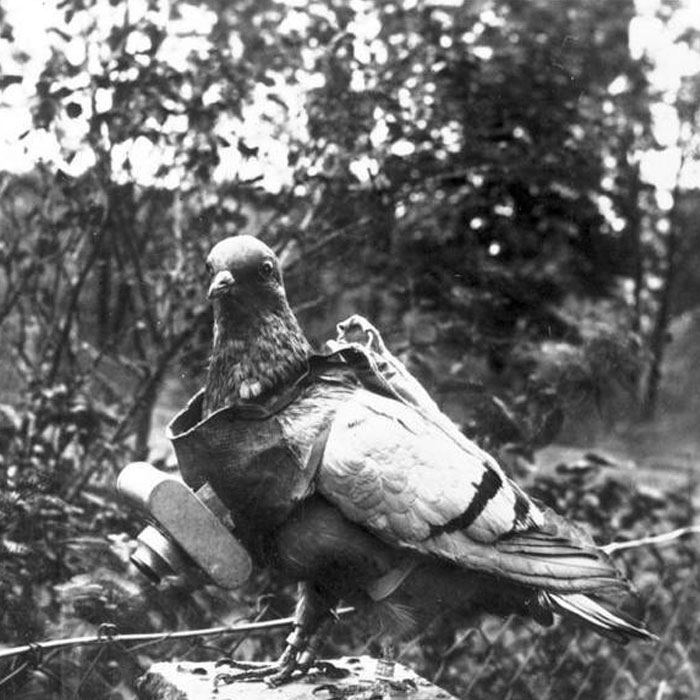
6. Decorated pigeons.
Many pigeons have been decorated for their contribution to the Allied war effort, especially in the First World War. Cher Ami was given the high French medal, the Crois de guerre with palm for his heroic flight amid German fire to save 200 trapped American soldiers. Cher Ami was severely wounded with a bullet through the chest and he was blinded in one eye. The soldiers patched him up and even fitted him with a wooden leg. Pigeons were also fitted with cameras and flown over enemy territory on reconnaissance missions. In the Second World War, the United Kingdom had a flock of 250,000 homing pigeons for use in a military context. Thirty-two of them were given the Dickin Medal, the highest award given to animals.
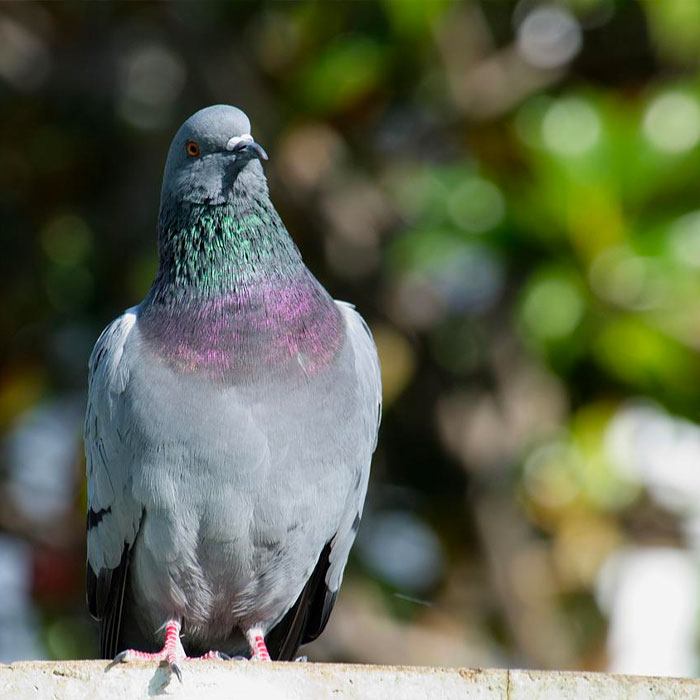
7. Lifesaving pigeons.
A U.S. team of navy researchers has found that pigeons can be trained to see life jackets floating in the water far better than can humans. On rescue missions, they were trained to peck a computer keyboard when they spotted a life jacket from a helicopter flying overhead.
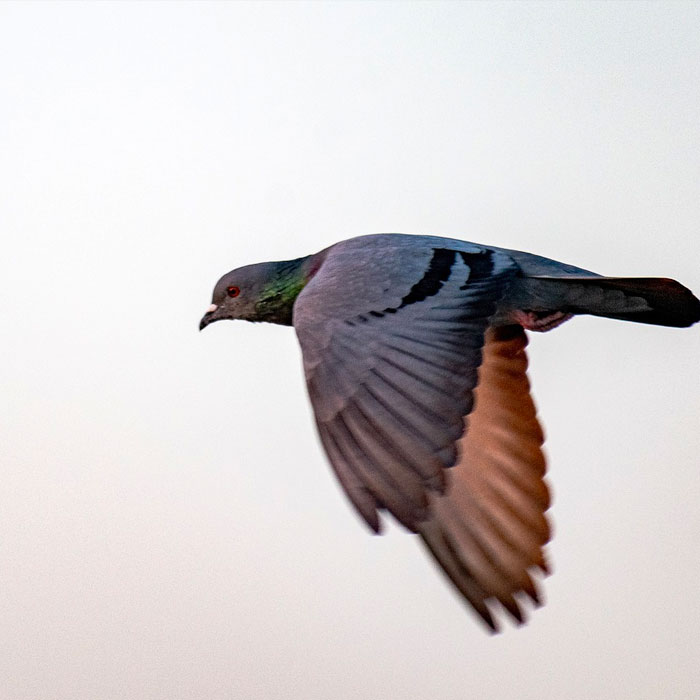
8. The flight of the pigeon.
Their average flying speed is about 50 miles per hour but racing pigeons have clocked at speeds up to 100 miles per hour for short distances. However, they are also long-distance flyers. Racing pigeons are on record as flying 1,100 miles.
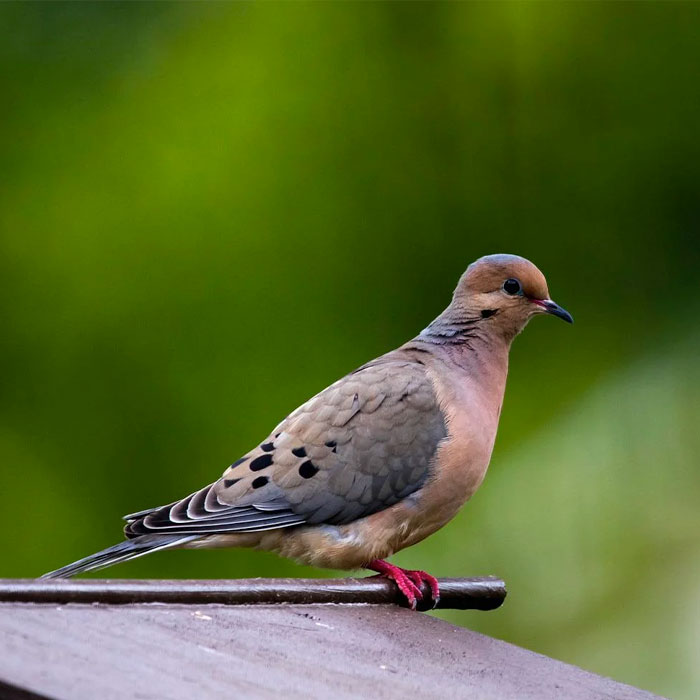
9. Pigeon or dove?
A dove is a pigeon, a pigeon is a dove. Most of the types we see are feral rock doves, Columba livia. Mourning doves, on the other hand, while still of the family Columbidae, are of the genus Zenaida. The two are closely related, but the humble and gentle mourning dove has not inherited, it appears, the intelligence of its cousin, the common pigeon.
10. The importance of pigeon poop.
At one time, pigeon poop was the exclusive domain of the 17th century monarch in England, King George I. The reason? Their droppings were the main source of saltpeter, used in making gun powder!
-Dorothy Dobbie
Copyright© Pegasus Publications Inc



